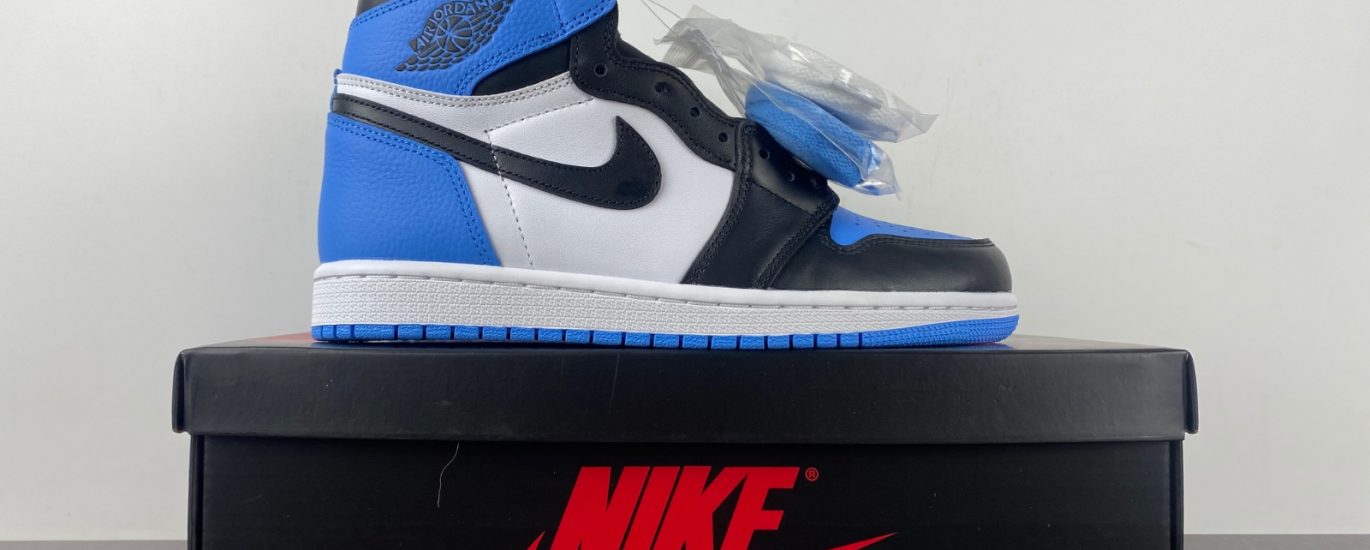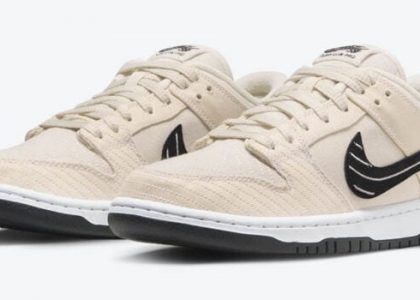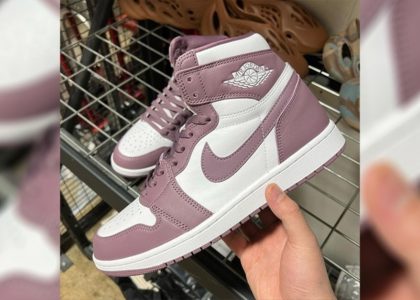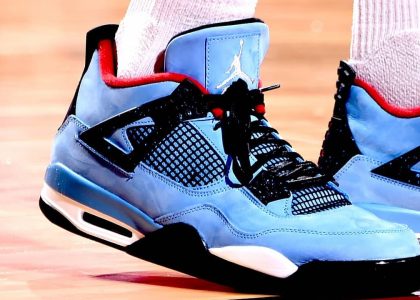In the world of sneakers, few names carry as much weight and reverence as Michael Jordan. The legendary basketball player’s partnership with Nike has spawned an iconic line of sneakers that have become a cultural phenomenon. Two of the most cherished models in this lineup are the Air Jordan 4 Reps and Fake Air Jordan 1 High. In this article, we delve into the storied history and enduring appeal of these classic sneakers, which continue to captivate sneakerheads and fashion enthusiasts alike.
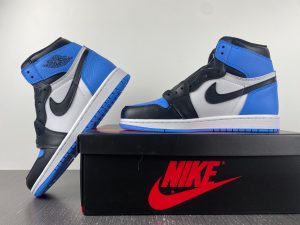
The Air Jordan 1, released in 1985, marked the genesis of the Air Jordan line and revolutionized the sneaker industry. Designed by Peter Moore, the Jordan 1 was unlike anything seen before. Its high-top silhouette, bold color schemes, and the now-iconic “Wings” logo on the ankle sent shockwaves through the sneaker world.

Initially, the NBA banned the Air Jordan 1 due to its vibrant colors, deviating from the league’s strict uniform guidelines. This publicity only fueled its desirability, and soon, Michael Jordan’s remarkable skills on the court further enhanced the sneaker’s popularity. The Jordan 1 became synonymous with style, rebellion, and the charisma of the Chicago Bulls’ rising star.
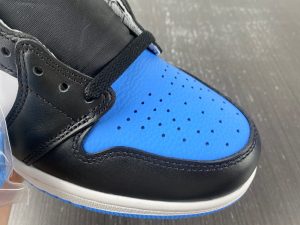
Throughout the years, the Air Jordan 1 has seen countless iterations, collaborations, and limited-edition releases, all of which maintain its timeless design and coveted status. It remains a favorite choice for sneaker enthusiasts and fashion-forward individuals alike, bridging the gap between the basketball court and the streets.
Following the massive success of the Air Jordan 1, designer Tinker Hatfield continued to push the boundaries of sneaker innovation with the Air Jordan 4, released in 1989. The Jordan 4 introduced significant advancements in comfort and performance, making it a popular choice among athletes and enthusiasts alike.
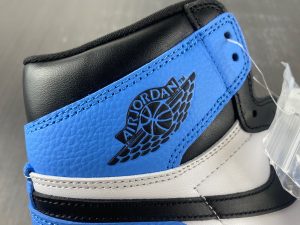
The design featured a unique “Flight” logo on the tongue and a supportive plastic wing eyelet on each side, adding both style and functionality. The Air Jordan 4 also introduced the world to the iconic “Air” cushioning in the sole, providing enhanced comfort and impact protection for players on the court.
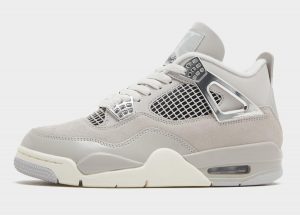
Perhaps one of the most memorable moments in sneaker history was Michael Jordan’s spectacular shot over Craig Ehlo during the 1989 NBA playoffs while wearing the Air Jordan 4 “Bred.” This moment not only solidified Jordan’s status as a basketball icon but also forever embedded the Air Jordan 4 into the hearts of fans worldwide.
Both the Air Jordan 1 and Air Jordan 4 have left an indelible mark on sneaker culture and fashion trends over the years. Their timeless designs and association with Michael Jordan’s unparalleled legacy in the sport have secured their place as essential pieces in any sneaker collection.
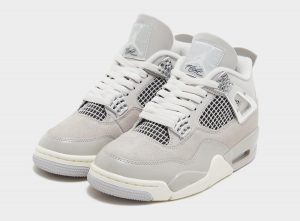
Even as sneaker technology continues to evolve, these models maintain their appeal. They have not only become classic basketball shoes but also lifestyle staples that transcend generations and subcultures. The enduring popularity of both the Jordan 1 and Jordan 4 can be attributed to their unique combination of style, performance, and cultural significance.
The Air Jordan 1 and Air Jordan 4 are more than just sneakers; they are cultural icons that have withstood the test of time. From their inception to their enduring popularity today, these shoes have become symbols of self-expression, passion for sports, and appreciation for innovative design.
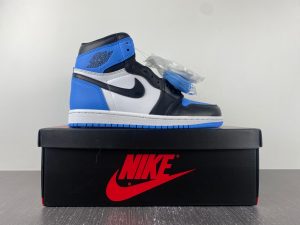
As sneaker enthusiasts and collectors continue to pay homage to these legendary models, the Air Jordan 1 and Air Jordan 4 remain a testament to the powerful convergence of sports, fashion, and cultural impact. With each new release, they remind us of the greatness of Michael Jordan and the lasting influence of his partnership with Nike, forever immortalizing these sneakers in the pantheon of sneaker history.


